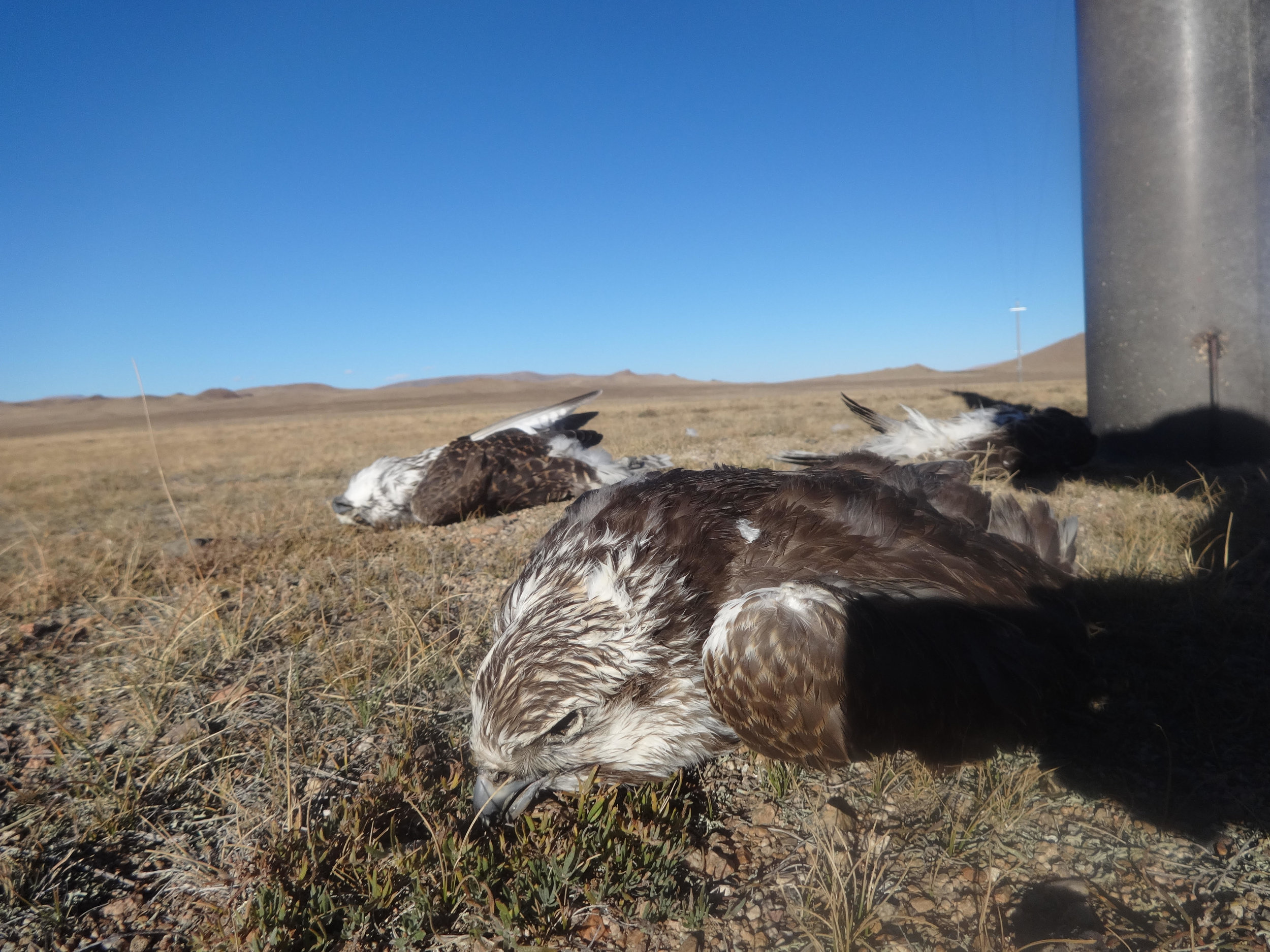Falconry & Conservation
What is falconry and why is it an effective tool for conservation?
Falconry is defined as: "The taking of quarry in its natural state and habitat by means of a trained bird of prey."
It is not a sport - it is an art, one which requires years of dedication, commitment, specialist equipment and time in order to practice.
Falconry has long been associated with conservation efforts not only towards the raptors that are utilised in this ancient art but also the prey species and habitats that those raptors rely on in the wild. All of these things are fundamental to the very existence of Falconry which is the reason that their health and prosperity is in the falconer's best interests.
Falconers have been at the forefront of some of the most important animal-conservation endeavours in history.
The most famous of these occurred in the 1960s when falconers flagged the fact that wild Peregrine (Falco peregrinus) numbers were plummeting due to the use of organochlorine pesticides such as DDT before bringing pioneering knowledge and expertise to a huge captive-breeding programme to repopulate the species. Falconers led an effort that pulled this iconic species back from the brink of extinction, something which still stands today as one of the most successful conservation stories in human history.
Since then, falconers have played a leading role in major raptor conservation projects, from the Mauritius Kestrel (Falco punctatus) (which was so rare at one stage that only four wild individuals remained) and the more recent plight of the Saker falcon (Falco cherrug), a species being electrocuted in their thousands in Central Asia due to dangerous power lines.




